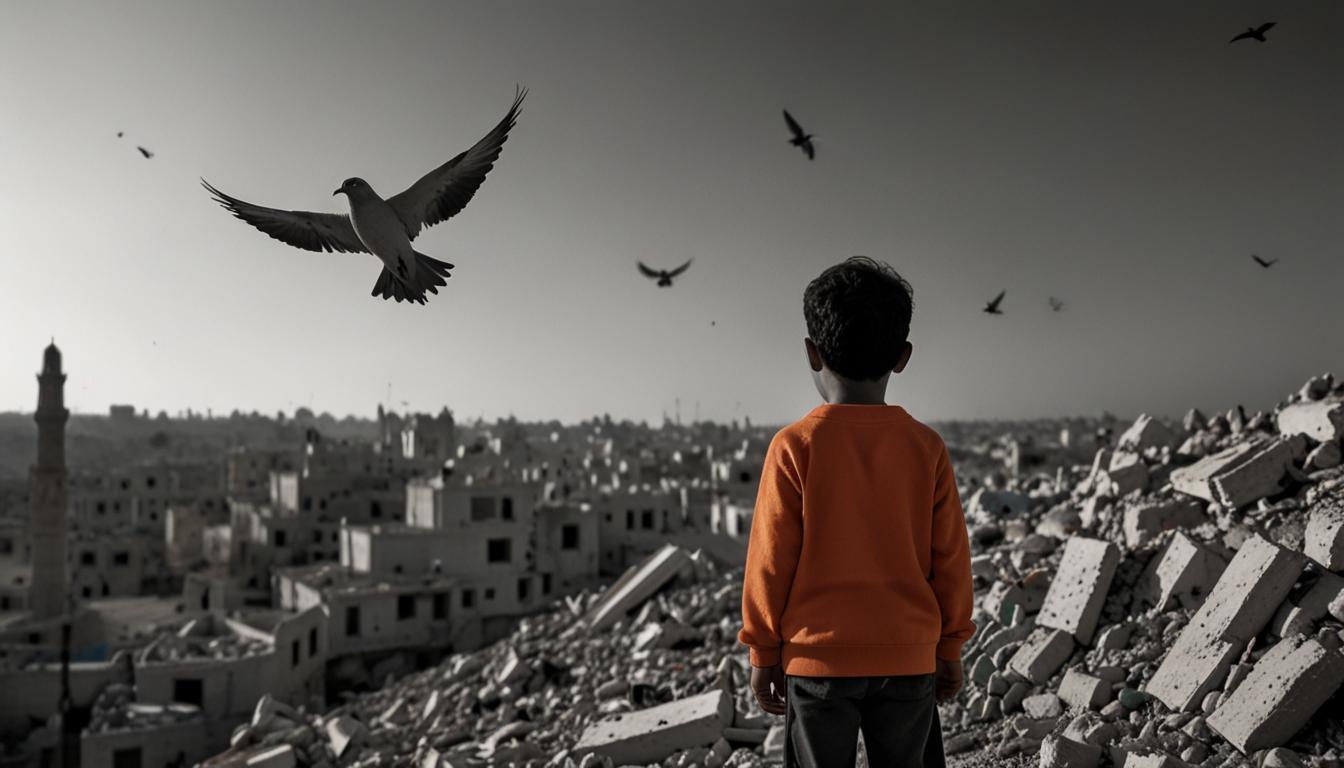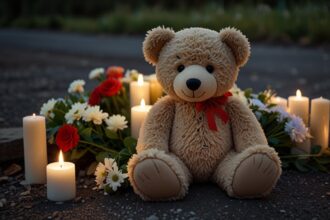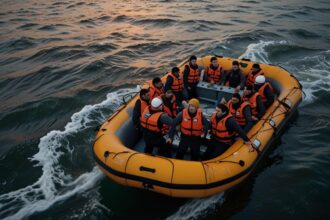As the situations in Gaza and southern Lebanon worsen, political pressures, military escalations, and humanitarian concerns take centre stage. Cease-fire negotiations in Gaza face obstacles from Israeli Prime Minister Netanyahu and Hamas leader Sinwar, while the Hezbollah-Israel conflict deepens, displacing civilians and aggravating regional instability.
Conflict over Gaza Cease-Fire: Netanyahu and Sinwar’s Standpoints
In Tel Aviv, Israel, the proposed cease-fire deal for Gaza remains uncertain as Israeli Prime Minister Benjamin Netanyahu and Hamas’ Gaza leader, Yahya Sinwar, navigate significant political pressures. The conflict, ongoing for eight months, was escalated by Hamas’ attack on October 7.
Hamas has accepted the broad outline of the cease-fire but seeks amendments, while Netanyahu publicly disputes aspects of it, despite U.S. backing the proposal as an Israeli plan. A major contention is transitioning from a temporary truce to a permanent cease-fire that includes the end of fighting and the withdrawal of Israeli troops from Gaza.
Netanyahu, facing pressure from his government’s ultranationalist partners, maintains a hard line, aiming to weaken Hamas’ military capabilities. His political survival is tightly linked to these partners, especially after centrist Benny Gantz’s resignation. Netanyahu’s war handling, alongside his ongoing corruption trial, further complicates his position. Public support for Netanyahu has slightly recovered since the initial backlash following the October 7 attack.
Sinwar, the architect of the October 7 attacks, sees the ongoing war as a means to enhance Hamas’ position and Israel’s global isolation. Sinwar’s survival is at stake, given Israel’s intent to target him. His current strategy appears to rely on prolonging the conflict, leveraging international criticism of Israel’s actions to force a favorable end on his terms.
Hezbollah-Israel Conflict Deepens in Southern Lebanon
The ongoing conflict between Israel and Hezbollah has displaced numerous civilians and Syrian refugees in southern Lebanon. Due to the Gaza war, strikes between the Israeli military and Hezbollah have intensified. Over 95,000 people in southern Lebanon and 60,000 in northern Israel are displaced.
The economic crisis in Lebanon exacerbates the situation, making life increasingly difficult for more than 1.5 million Syrian refugees. Hostilities have led to increased resentment, and many face harsh restrictions and deportations. Vigilante attacks and governmental measures further marginalize Syrians, forcing them into dire living conditions.
Hezbollah, backed by Iran, has escalated attacks since October 8, using advanced weapons and targeting deeper inside Israel. The conflict has seen significant casualties and damaged vital agricultural lands. Despite ongoing challenges and international efforts to mediate, hostilities persist, heightening regional instability.
Hezbollah’s Threats and Military Preparations
Hezbollah leader Hassan Nasrallah recently announced new weapon capabilities, escalating threats against Israel. The militant group has utilized explosive drones and surface-to-air missiles since October. Nasrallah emphasized potential regional war implications and warned against any country assisting Israel, citing Cyprus as a possible target.
Both Hezbollah and Israel prepare for potential escalations, with Israeli military officials confident in their superior capabilities. The exchange of strikes continues to result in civilian and combatant casualties on both sides of the border, compounding the humanitarian crisis.
Efforts by U.S. envoy Amos Hochstein to deescalate tensions highlight the urgency of finding a diplomatic resolution. However, both Israel and Hezbollah’s firm stances suggest a prolonged and volatile conflict.
These ongoing conflicts in Gaza and along the Israel-Lebanon border illustrate deep-seated regional tensions and the complex interplay of political, military, and humanitarian factors influencing the pursuit of peace and stability.













